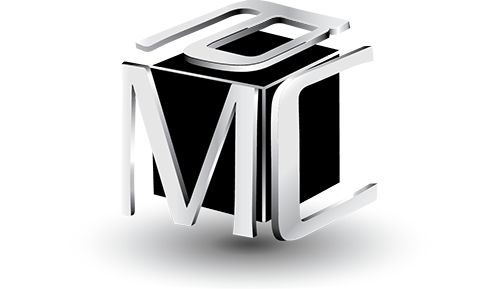Assessing Your Organization’s Talent
Assessing Your Organization’s Talent
People Are NOT Your Most Important Asset . . . Sort Of
Michael Couch
President
Michael Couch and Associates Inc.
Pittsburgh, PA
“People are your most important asset”.
We hear it from every pundit and HR consultant. However, if you look at data on how the marketplace values a business, “people” doesn’t make the list. More and more, intangibles are driving the valuation of a company. The three most important intangibles are Customer Base, Brand or Image, and Intellectual Property (think Google).
Wait a minute . . . aren’t people the asset that create those intangibles! That’s right, but it’s not just anyone or all your people. To me, the more precise mantra would be “The RIGHT people in the RIGHT roles doing the RIGHT things are your most important asset”.
The right people are those that have demonstrated that they 1) are learning agile and have growth potential or, 2) have mission critical knowledge or relationships. We will call the former High Po’s (Potentials) and the latter High Pro’s (professionals).
The implementation of your company’s strategy is at risk if your organization is over-weighted with non-learners who fight change and have little potential. Worse yet, these organization anchors might have High Po’s or High Pro’s reporting to them resulting in disengagement and turnover. Even worse, these mouth breathers hold strategic positions and are destroying value.
The right people are only an asset when they are placed in the right roles or are ready-now back-ups for those roles. The “Right” roles are the strategic positions that have a direct impact on business success. They generate wealth for the firm and value for customers. They are usually a small percentage of your total jobs and require talent that is often a rare commodity in the labor market. A significant additional investment in this talent will have a clear return for the business.
How can you develop a detailed picture of your existing talent that can be mapped against the strategy? How do you identify potential? What does agility look like? Where are the High Pro’s and Po’s? Where are the talent risks? What will our talent look like in the future?
Many tools have been used over the years to assess talent in an organization. Of all the approaches, there is only one that I’ve found to have the
- Reliability (consistency across people and time),
- Validity (a relationship to performance and results)
- Face Validity (acceptance by skeptical executives), and
- Utility (the results are worth the time and effort invested).
That tool is the Talent Review – a robust discussion of talent by teams of key managers. This is not just any typical executive discussion. It is a thoroughly designed process with the following characteristics.
- It’s the Discussion
Effective talent review sessions require candid discussions about the key players in the organization. The discussions must be interactive assessments. They should not be a biased presentation by each manager or a monologue prepared by HR. (I view them as akin to behavior-based interviewing techniques.) The best perspective on talent comes from a discussion among several managers based on what they have actually seen the employee do and achieve. - Just the Facts
The talent discussions should only focus on employee behavior and its impact. It should not descend into psycho-babble on why someone is like they are. This is where the facilitator again plays a critical role in keeping the discussions focused. - The More the Merrier
Multiple perspectives are critical. I’ve had the most success with 3 to 5 leaders that have been exposed to the target talent from a variety of perspectives. They do not prepare for the sessions or bring performance reviews or other records with them. - Don’t Climb the Tower of Babel
All the players need to be speaking the same talent language. Every leader has a little different definition of what constitutes capability or potential (Just try asking a leader how they define leadership!) Therefore, everyone who participates in the talent assessments must be trained to identify the behaviors related to agility and potential. The training is not complex. It’s easy to get people on the same page when you focus on observed behavior. - What Gets Measured, Gets Improved
The output of effective talent reviews should be both qualitative and quantitative. The qualitative behavior observations should be recorded to support feedback and development planning. Consensus numeric ratings on factors like performance agility and growth potential should also be recorded. The ratings on each individual employee can then be rolled up to a total picture of talent that can be analyzed from a variety of perspectives and tracked over time to show progress. These assessments can also be used to create a talent measurement dashboard. - Once Is Not Enough
Doing a talent assessment provides a snapshot of an organization’s capability at one point in time. Multiple snapshots taken over time that are linked to business results significantly improve the utility of the process. I recommend that talent assessment be completed as part of the annual business planning process and that progress is reviewed at least mid-year, if not quarterly. - HR is Not the Owner
The Human Resources function plays an important role but should not be the owner of the talent review process. That ownership should ultimately reside at the top of the house and be shared by leaders at all levels. That level of ownership is a hallmark of high-performing organizations. - Not Just the Top of the House
We’re not talking only about creating back-up lists for the folks in the C-Suite though that can be a useful outcome. Building a strategy-driven organization requires that talent at all levels is being prepared to move onto new roles with greater scope and scale. This has been referred to as creating talent “pools”.

